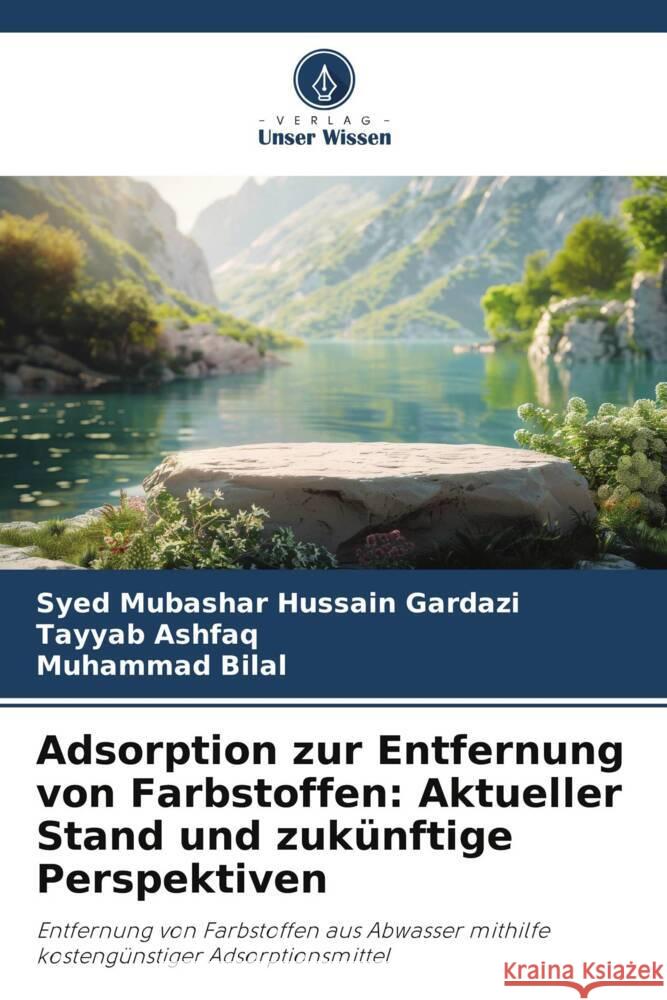topmenu
Wyniki wyszukiwania:
wyszukanych pozycji: 5
 |
Adsorption for Removal of Dyes: Current Status and Future Prospective : Removal of the Dyes from Wastewater Using Cost Effective Adsorbents
ISBN: 9783659853968 / Angielski / Miękka / 2016 / 108 str. Termin realizacji zamówienia: ok. 10-14 dni roboczych (Dostawa w 2026 r.) |
cena:
223,72 |
 |
L'adsorbimento per la rimozione dei coloranti: Stato attuale e prospettive future
ISBN: 9786208329143 / Włoski Termin realizacji zamówienia: ok. 10-14 dni roboczych (Dostawa w 2026 r.) |
cena:
246,14 |
 |
Adsorption pour l'?limination des colorants: Situation actuelle et perspectives d'avenir
ISBN: 9786208329136 / Francuski Termin realizacji zamówienia: ok. 10-14 dni roboczych (Dostawa w 2026 r.) |
cena:
246,14 |
 |
Adsorption zur Entfernung von Farbstoffen: Aktueller Stand und zuk?nftige Perspektiven
ISBN: 9786208329112 / Niemiecki Termin realizacji zamówienia: ok. 10-14 dni roboczych (Dostawa w 2026 r.) |
cena:
246,14 |
 |
Adsor??o para a remo??o de corantes: Estado atual e perspectivas futuras
ISBN: 9786208329150 / Portugalski Termin realizacji zamówienia: ok. 10-14 dni roboczych (Dostawa w 2026 r.) |
cena:
246,14 |










